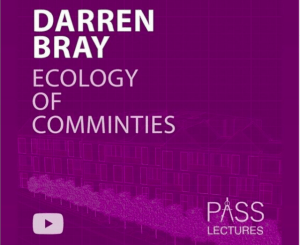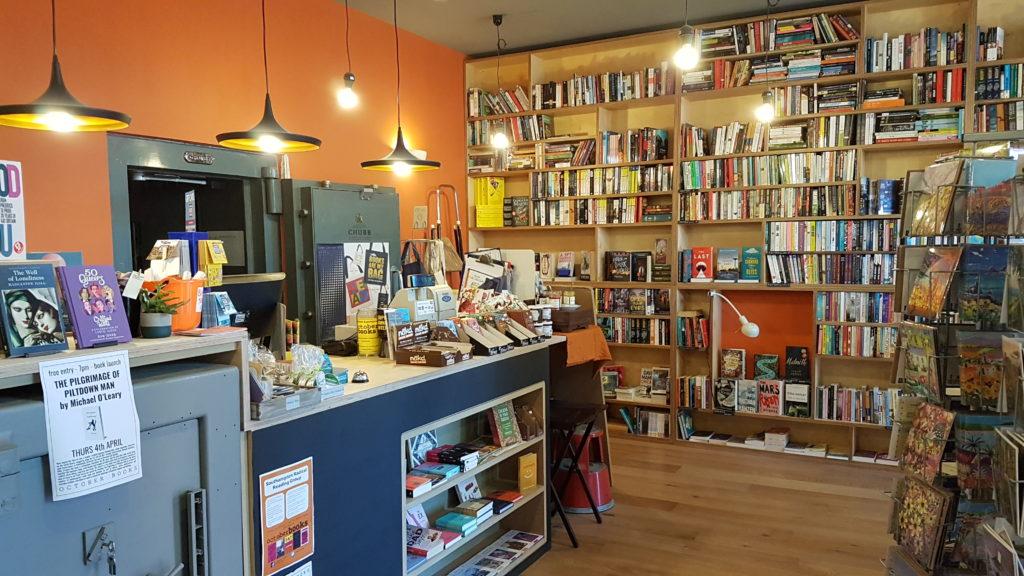‘Come as you are, no perfect people allowed in this church’
The first phase of our St Margaret’s Church redevelopment is coming to a close. This project has been such a journey. We are so proud to see the physical changes implemented into the building but also to have been part of the design journey the whole community has taken.
We were commissioned to undertake a complete architectural overview of the existing church, a Victorian church with a 50’s front extension. The building was in need of an overhaul, to revitalise it, make it more welcoming and more fitting for the array of community needs. More information on the building refurb can be found here.
Last month saw a milestone moment in the project with the polished concrete floor installation throughout the whole ground floor of the church. The interior has been transformed, the floor unifies the interior and the highly polished surface brings a contemporary edge to the traditional heart of the church.
The floor was installed with trenched underfloor heating, placed in zones and the concrete gives the thermal mass needed to heat this system. One of the key requirements for this phase was to introduce internal heating to the church, after listening to the community and their requirements we opted for underfloor heating as it gave full flexibility for the internal space, with the zones allow the heating to be adjustable across the interior.
Other new facilities which have been completed in this phase include toilets, baby changing facilities, a new kitchen and café and new internal lighting which have been recycled from a Russian factory. Very simple robust and movable furniture has been created as ‘meanwhile’ solutions, the multi-functional furniture can be used across the church offering flexibility of use across the community spaces such as the café, children’s soft play or the food bank. The bespoke units are crafted from birch plywood, on wheels which have created a fully adjustable interior space for the church.
We are so thrilled that Phase One of St Margaret’s Church is nearing completion, this was one of the first large scale community projects that Studio : BAD Architects were commissioned to work on and has become quite a personal project for us. The project has inspired us in so many ways, how the community has embraced the change and future plans for their church; how the client has engaged with the design journey and now driving design forward across the whole church and seeing the building reborn, reusing a sustainable preexisting building.
The next phase includes a revised front entrance, the designs have been submitted for planning and we hope to start on these in the new year.
Image credit: Andrew Malbon

